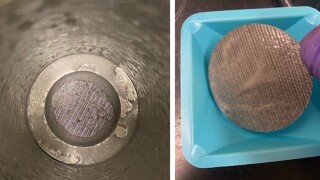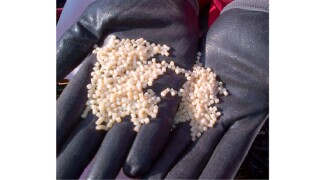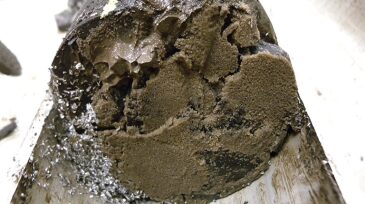Fracturing/pressure pumping
Technology developers expect the tight-oil industry to give lightweight proppants another look after the Permian Basin’s biggest operator becomes an adopter.
This paper describes development of a high-temperature water-based reservoir drill-in fluid using a novel synthetic polymer and customized with optimal chemical concentrations and sized calcium carbonate.
In this case study, a geomechanics-based approach was used to create bridging and sealing at the fracture aperture using a biparticle self-degradable lost-circulation-fluid system.
-
The authors have investigated the effect of perforation hole size, geometry, and shape on the coefficient-of-discharge value at ambient conditions and with backpressure, before and after sand erosion.
-
A growing volume of free data and reports from US shale fracturing test sites is available, with more on the way.
-
A major issue facing many production engineers is sand management. There are many obstacles equipment hasn’t historically been able to overcome and prolonged use is costly.
-
A lot has been learned about shale, but those working to eke out oil from that ultratight rock still extract more value from data than physics.
-
Schlumberger talks about options for improving remote operations of the many valves involved in the various activities occurring simultaneously on a multi-well pad.
-
Shale producers have learned in recent years that their fracture plugs may not be holding up as well as they thought. One of the first operators to realize the true scope of the issue is now sharing the pathway it took to solving it.
-
The supermajor would be the second to conduct a hydraulic fracturing pilot project in the country.
-
Ease of use and crowd-pleasing economics are driving US shale producers toward wet-sand completions. Chesapeake Energy is among the latest converts and explains why it wants to use wet sand on every new well.
-
Offset well-pressure measurements in the Permian Basin are analyzed to evaluate if a fracturing job is overstimulated.
-
The authors use machine-learning methods combined with geomechanical, wellbore-trajectory, and completion data sets to develop models that predict which stages will experience difficulties during completion.













